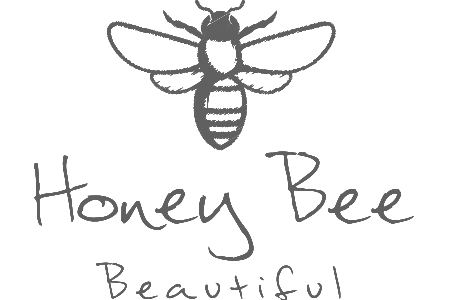
It is also common for silicone-based polymers and petro-chemicals to be included in hair products including shampoos and conditioners. 'Dimethicone' is one such silicone and is used to help smooth hair and provide better comb-through because it leaves a covering on the hair strands. However, over time, this builds up on the hair making it dull, greasy and lifeless.
So, how can natural products help?
Well, they are chemical free so are much less likely to cause irritation, reaction or damage to your hair or scalp, they contain natural oils and ingredients to nourish, hydrate and soothe your hair and scalp, you won't be left with a build up of silicone and there are no plastics in the packaging so it is a zero waste product which helps the planet too!
Selecting a natural shampoo that works for you and your hair can be a tricky operation as everyone's hair is different and responds differently to products depending on length, texture, damage, porousness, skin type and even down to the hardness/softness of your water.
It is a matter of trial and error to see what works and what works for some won't work for others, particularly if you have long porous hair and/or hard water.
For some people instant results are achieved with soft, clean, light feeling hair but for others it may take a good few weeks to notice an improvement to move through the detox of product build up and natural scalp oil balancing.
Plus, when washing with a shampoo bar, hair washing takes just a little more effort, but we hope you will be rewarded with soft, clean, shiny hair and maybe no more need for a conditioner!

Our in-house hair expert, Louise Hathaway-Jones, a qualified hairdresser with almost 40 years hairdressing industry experience and over 25 years experience as a tutor, gives us tips for getting the best out of our 'Shiny Bee' Shampoo & Conditioning Bar.
1. Firstly ensure you give your hair a thorough brushing beforehand, This gets rid of any dust, grime and loose hairs so that the shampoo can work more effectively.
2. Thoroughly wet your hair with fairly warm water (cool water will not cleanse the hair effectively) before rubbing the shampoo bar through your wet hands to start the lather and apply through the hair to the scalp. It would be beneficial to rub the bar through at this stage.
3. Add a little water and gently massage the scalp with the pads of your finger tips in small firm circular motions. This will help to create a lather and to remove any dirt, grime and debris from the scalp. Think about how your hairdresser massages your scalp and try to replicate it. It is important not to ‘scrub’ the hair and scalp, this will only cause your hair to be damaged and tangled the hair. Massaging the scalp helps stimulate blood flow to the scalp, leading to healthier stronger new hair growth. The scalp produces a natural oil (called Sebum) to lubricate the scalp and hair and to keep it healthy, free from dryness and flaky scalp. The reason the dirt builds up in your hair is because it becomes trapped in this oil. By regularly cleaning the scalp you are removing the old dirty oil and promoting new clean sebum which will protect your scalp and hair, encouraging it to remain healthy.
4. Next it is time to rinse. But before rinsing it all away, add some more water and massage gently to emulsify the shampoo product, which loosens it and it is then able to be rinsed away more easily. This is an important point especially if you have previously felt residue left in it. Do not worry if you don’t get a good lather to start with, it means the shampoo is being diluted by, and working hard to remove, the oil/dirt and any build of previous products used. Some shampoos, particularly the 2 in 1 type, contain silicone based ingredients. Granted they leave the hair smooth and shiny but they tend build up on the surface of the hair and create a barrier to other treatments, such as colouring. You may have noticed, if you use this type of shampoo, hair colouring results may be uneven or patchy.
5. In most cases you need to shampoo a second time. The first shampoo removes any debris or product from the hair, the second shampoo actually cleanses the hair, so again lather the bar and apply to your scalp, adding a little water. You will find it lathers more easily, massage your scalp and run the lather through your hair to the ends, this will gently cleanse and freshen the rest of the hair.
6. Add more water, emulsifying gently before finally rinsing away all traces of the shampoo. Rinsing thoroughly is a very important step, as any product left in the hair will cause it to be lank, look, and feel greasy and be difficult to style effectively.
Initially it may you take a little longer to shampoo your hair than you are used to while following these steps, but it is worth persevering with it in order to get the best results out of your Honeybee Shampoo bar. Good luck and Enjoy!'
Hair has a pH level of around 4.5 - 5 whereas the shampoo bars have a pH of around 9. This means that when you rinse your hair it will feel very squeaky and as it if needs conditioner but this is because the hair cuticles on the surface of the hair have been opened. This allows moisture from the naturals oils to enter the hair. If your final rinse is with cool water this will help to close the cuticles again making the hair less likely to tangle.
If you find that your hair is very tangley or if a residue is left on your hair and the above technique is not helping, then, you can use a vinegar or lemon rinse to help reduce the pH of your hair, close the cuticles and remove residue. Simply use apple cider vinegar or lemon juice and dilute with 3 parts water. Pour over the hair after washing/rinsing with the shampoo bar and let sit for a couple of minutes before rinsing out.
If you have any questions about your hair just get in touch and we will be happy to help :) x
We are launching our 'Shiny Bee' Shampoo & Conditioning Bar on Saturday 19th May!!
If you would like to keep up to date with our very latest product launches, exclusive offers and bee and skin news then scroll down and sign up today and keep an eye on your inbox every Thursday evening!



Are any of the shampoo and conditioning bars suitable for coloured hair, thank you
Leave a comment